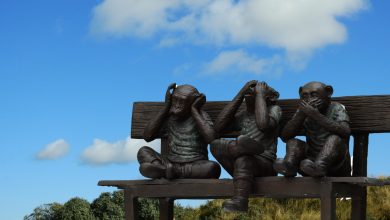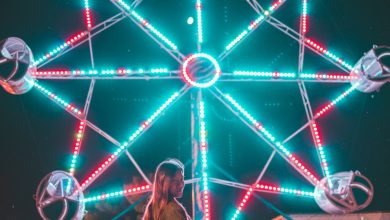Incomplete list of ideas how to use the environment
Here you will find some ideas how to play with the environment in order to be better understood, to direct your attention when you need it and to change the energy levels. You’ll learn how to use different skills and parts of participants’ minds or to remember information. This is the incomplete list of things you can do in the room to inspire you to be creative with the resources you have for the training and make the best of it.

Why did I choose this tool? If you want to use the environment creatively, you have to start somewhere. Considering myself a less creative person, I always need some examples of what can be done in order to get me going. This list is a starting point to get creative with the spaces.
How does this apply to being a trainer? Using the environment wisely and creatively can contribute a lot to the learning process of the participants. It helps addressing different learning styles, makes the program more interactive and also encourages the participants to get more creative and free with their ideas, because: “there is no right way” and “different is good”.
Main content:
Nikki Highmore Sims (2006) wrote a book on running a great workshop and shared her ideas that are mainly connected to preparing and theming the working room:
- “Mark out different areas of the floor with masking (scotch) tape for energy breaks, library, review sessions, or other activities relevant to your training programme;
- Have a “treasure trail” set out with arrows on the floor or similar symbols;
- Devise a floor game and use flipchart sheets for squares or get creative with the Twister floor mat;
- Allocate areas of the room to be used during the day for different purposes mark them out in some way using furniture arrangement or floor markers (doorstops, masking tape, even windbreaks or screens if you want to keep a work area hidden until in use – it also creates curiosity).
- Relevant posters – youth work, advertising, popular (to which you can add a topical twist), specially designed/printed if you have the resources.
- Colourful lists – remember, if using predominantly words, adding colour aids engagement of the right brain, as well as involving other intelligences (visual/spatial). Throw a few symbols wherever possible and use colour-coding if relevant.
- Graphs and flowcharts – these appeal to mathematical/logic intelligence as well as theorists and pragmatists. Making them colorful and perhaps adding pictures, cartoons or symbols further, brings in the right brain and visual/spatial intelligence.
- Timeline – as an alternative to a list on a flipchart or PowerPoint slide, why not do a timeline of the session on a long piece of brown parcel paper and put that up for the participants to walk along. If situated in part of the room other than “up front”, it also changes their focus and reduces the “them/us” dynamic since you’re moving around and among the group.
- Colour-coding chairs in some way (ribbon, tied balloons, stickers) to create teams.
- Using chairs as part of an exercise.
- Have fresh flowers/pot plants on the tables or around the room.
- Put fiddle-able toys on the tables to appeal to activists and physical intelligence, as well as adding visual and right-brain appeal.
- Use colourful tablecloths, either on the tables where they’ll be sitting or on tables around the room set out for alternative activities – in this case, use colour-coding where possible.
- Theme the table (if a theme is being used) with appropriately designed cloths (easy if the theme is one commonly used for children’s parties, like superheroes) and accessories (magnifying glasses, lollipops and deerstalkers if a detective theme)” (Sims, 2006)
Do not forget that the spaces that can be used creatively are not limited to the working room:
- Look outside and go with the group on walks
- use the park or the forest to search for a symbol of the day
- climb on low ropes for group building activities
- make group presentations in different spaces rather than next to the flipchart
Reflection questions:
- What props do you use in your work? How do you choose them?
- Where is the line between the right amount of props and too much?
- How theming would work with your target groups?
Exercises:
How to apply it in everyday life:
- Write down the themes that would work in your working topics
- Come up with at least 5 extra ideas to add to the list






